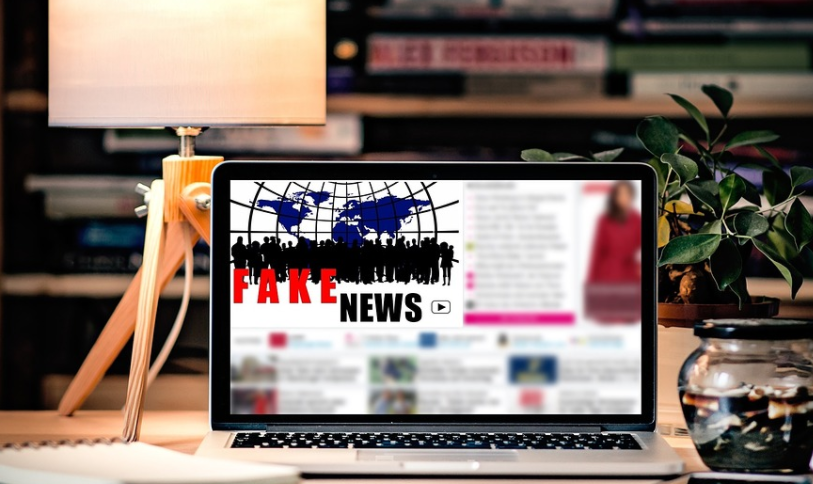
The 2018 midterm election cycle is going to get ugly – but this time around, you’ll have the information and knowledge needed to be prepared. Do your homework and use it.
The American Intelligence Community (IC) has confirmed Russian operatives utilized a variety of tactics to interfere with and influence the 2016 presidential campaign in favor of one (possibly compromised) candidate – Donald Trump. One of the tactics used was online interference — fake news created, posted/retweeted and shared by thousands of Russian bots.
During the 2016 election cycle, American voters had only a rudimentary understanding of how fake news was influencing tens of thousands of voters. Some (and probably most voters) weren’t even aware of the virtual attack. These folks were the most susceptible to the disinformation campaign and were at the greatest risk of falling for and sharing the propaganda.
Voters have a better understanding of what to expect for 2018 and beyond — only this time, it will likely be worse. Russian operatives will learn from the failures of 2016 and double down on their previous successes. Let’s not forget that we’ll also be facing dirty tricks from the Republican side, as well as whatever the Russians are planning.
It’s not always easy to decipher what’s real and what’s fake, but there are a few signs to look out for. The International Federation of Library Associations (IFLA) has some great suggestions on How To Spot Fake News:
CONSIDER THE SOURCE
Click links in the post to see who is being cited as a source. Also, click away from the story to investigate the site, its mission and its contact info.
READ BEYOND
Headlines can be outrageous in an effort to get clicks. An outrageous headline doesn’t mean it’s a fake story. If you choose to share the article on social media, read the whole article to make sure there isn’t a bait and switch in the third or fourth paragraph.
CHECK THE AUTHOR
You can do an online search for any given author to verify they’re credible. But also keep in mind some legitimate bloggers use aliases for a variety of reasons. Maybe they wish to remain anonymous to employers or family members. That’s why it’s important to click on the …
SUPPORTING SOURCES
Links are usually a different color than the rest of the text in the article. See where they take you. If it’s another unknown blog or author, give it one more try. Click the supporting links and see where you’re directed. If it’s an endless chain of unrecognizable sites, it might be fake news. You can also re-phrase the headline and do an internet search to see if reputable sites are covering the same story.
CHECK THE DATE
Old stories aren’t necessarily fake news, but it doesn’t mean they’re relevant to current events.
IS IT A JOKE?
If it’s too outlandish, it might be satire. Research the site, and if you post the article to social media, be sure to let friends and family know it’s satire. It’s not always easy to tell the difference.
CHECK YOUR BIASES
This is a big one. Be real with yourself and consider if your own beliefs could affect your judgment. In other words, just because an article states what you want to hear, it doesn’t mean that’s the reality.
Be mindful about what you’re seeing and reading online. Don’t allow the fake news stories to get the best of your emotions and cause you to inadvertently help the disinformation effort by sharing something before making sure it’s accurate.
Here are some helpful articles with more information:
NPR: How Russian Twitter Bots Pumped Out Fake News During The 2016 Election
Washington Post: Pro-Putin bots are dominating Russian political talk on Twitter
Think Progress: Where are they now? The Russian bots that disrupted the 2016 election
Our entire democracy is at stake. Make the effort.
Like Kimberley A. Johnson on Facebook HERE or follow her HERE. Books: Peyton’s Choice (teen abortion), and The Virgin Diaries. Twitter:@AuthorKimberley

You must be logged in to post a comment Login